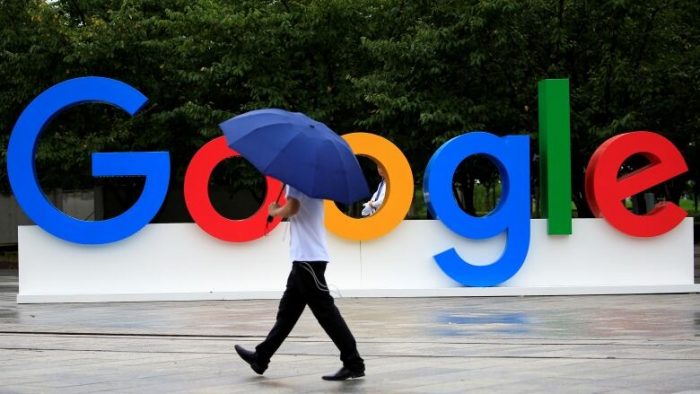Google Cloud and Ericsson have announced a partnership to develop 5G and edge cloud solutions.
The companies say the partnership will help communications service providers (CSPs) digitally transform and enable new enterprise and consumer use cases.
Google will bring its cloud services closer to customers using 5G wireless equipment built by Ericsson, stamping its mark on a business that was once the preserve of phone companies.
Globally, industries with edge presences, including CSPs, retailers, manufacturers, transport businesses, healthcare, media, and entertainment providers, face more pressure to build businesses with more of a digital focus and new digital experiences for their customers.
Google and Ericsson have begun tests with Italy’s Telecom Italia for the applications they plan to sell to companies, including transportation providers or carmakers, according to a statement on Tuesday. They will need eventually to collaborate with other phone companies because the cloud systems will feed into regional telecoms networks.
Ericsson and Google Cloud have already completed functional onboarding of Ericsson 5G on Anthos to enable telco edge, and on-premises use cases for CSPs and enterprises.
The partnership will also involve the companies piloting enterprise applications at the edge of a live network with TIM. This project will automate the functions of TIMs core 5G network and cloud-based applications and use TIMs Telco Cloud infrastructure, Google Cloud solutions, and Ericsson’s 5G core network and orchestration technologies.
A cloud provider such as Google “does not have to be a competitor to a communications service provider”, Google Cloud chief executive Thomas Kurian said in an interview.
Still, the deal shows Silicon Valley’s growing role in managing the networks that underpin the internet, not only the data that runs through them. It also underscores how a medley of businesses is jostling for slices of the nascent 5G wireless market, which could eventually be worth trillions of dollars, according to consultants at KPMG.
In the past decade, the US tech giants have focused on massive centralised data centres to provide less time-sensitive services such as storage. These are too remote from customers to help in the next wave of so-called edge computing.




![The Top & Most Popular Seafood Bucket Restaurants in Dubai for you [Never Miss]](https://uae24x7.com/wp-content/uploads/2020/09/8-seafood-in-a-bucket-scaled-e1600739237403.jpg)
![Procedures for Renewing the Driving License in Abu Dhabi [3 Simple Steps]](https://uae24x7.com/wp-content/uploads/2020/07/Capture-9-e1595666454466.jpg)





